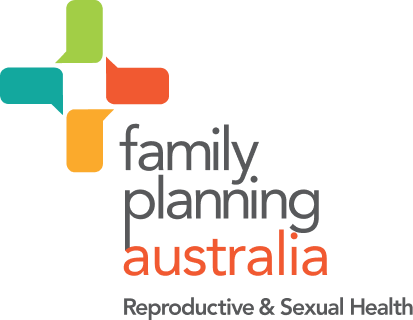Chapter 15 – Reproductive and Sexual Health for Trans and Gender Diverse People
Summary of chapter
In Australia, lesbian, gay, bisexual, trans, and/or intersex (LGBTI) people are estimated to make up 11 per cent of the population, although accurate population data is limited.(1) We do know that trans and gender diverse (TGD) people are at higher risk of verbal and physical abuse,(2) and experience substantially poorer mental health outcomes, compared with the general population.(3) Accessing sexual and reproductive healthcare can be especially challenging for TGD people, due to a lack of dedicated services and education for clinicians.
At birth, most people are assigned the female or male sex based on their genital anatomy. Transgender, trans and gender diverse are umbrella terms that describe people whose gender identity does not match the sex they were assigned at birth.(4) It is helpful to note that in gender discussions, the term cisgender is used to denote people whose gender identity matches their assigned sex at birth.
TGD people may have a binary gender (i.e. male or female) or may describe their gender as non-binary, genderqueer, or agender, to name a few. They may also use a range of pronouns such as he/him, she/her, they/them, ze/hir. It is good practice to ... Buy now
